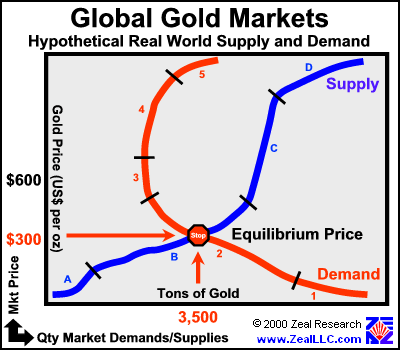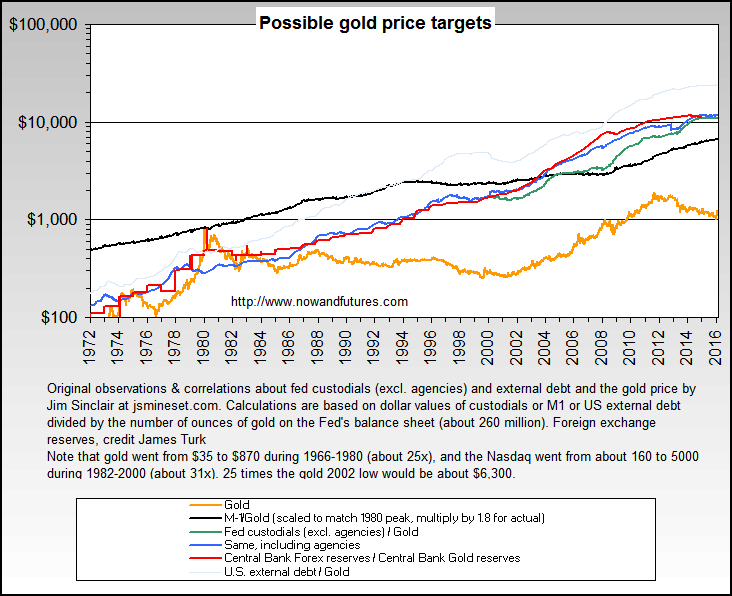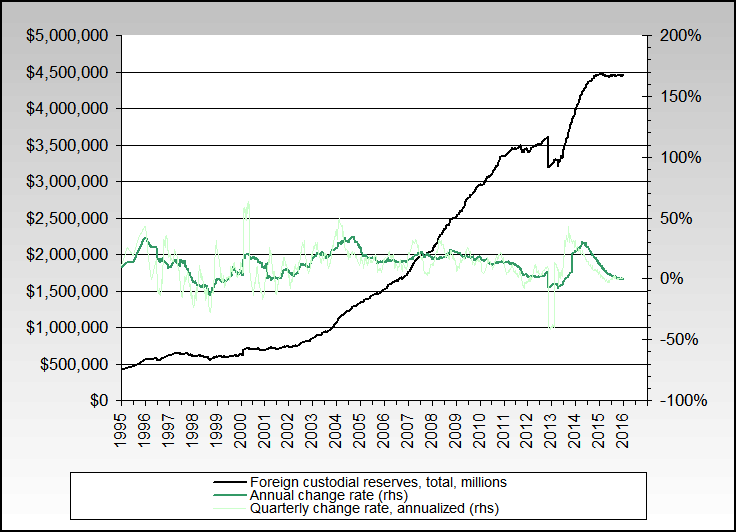We had some big news from India last week. India is about to build the
largest solar plant in the world.
Now what effect will this have on silver, because silver is the largest component of a solar panel.
Let's talk about the numbers first. The project is said to produce energy at a rate of 4 gigawatt. The project is done in 7 years. After the first year of construction it will produce 1 gigawatt.
Now, how much silver goes in a typical solar panel? Normally 2/3 ounce per solar panel or 20 grams of silver. A normal solar panel produces 80 watts at 15% efficiency if there is direct sun. So we have 2/3 ounces of silver per 80 watts of energy or 0.008333333 ounces/W.
Let's convert that to gigawatt. Giga is 9 zeroes.
If we use these numbers, then we would need 8333333 ounces of silver per gigawatt (if there is direct sun). Then over the course of the entire project we would need 4 gigawatt or 33 million ounces of silver in 7 years (if there is direct sun).
Now we only have 6 hours of sun a day, so we need to multiply this number by 4 to have 24 hours. That gives 33 x 4 = 132 million ounces in 7 years or about 20 million ounces a year.
Answer 20 million ounces of silver per annum. That is our silver demand from this India solar panel project.
Now let's see what this means. Annual silver demand from photovoltaic cells is about 50 million ounces per annum. So a 20 million ounce increase per annum would have a significant effect on the chart below. But in the supply and demand picture in the overall silver market, this isn't very significant as silver supply from mines is about 800 million ounces per annum.
Conclusion: Nothing special here, move along ...



















